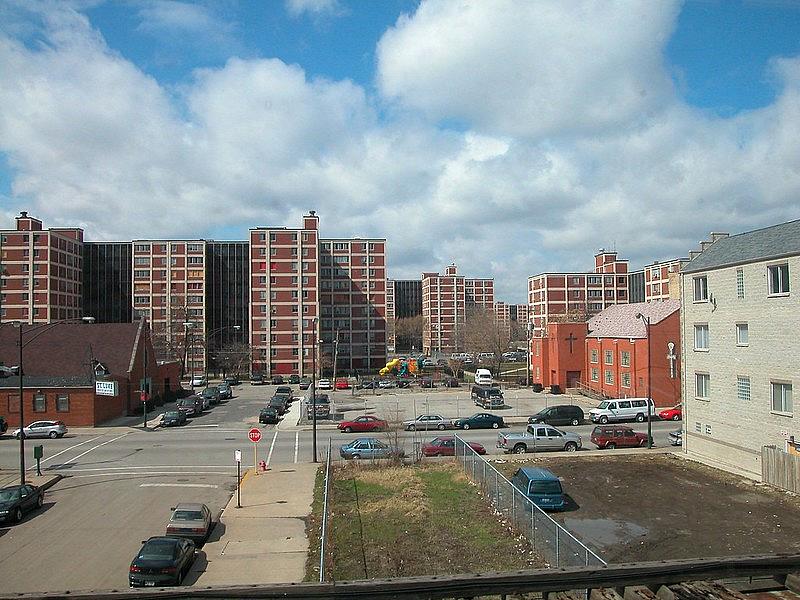Are officials doing their job to ensure federally subsidized housing is safe?

(Photo by David Wilson via Creative Commons/Flickr)
Back in 2016, a dangerous secret was unearthed in East Chicago, Indiana. One of the community’s largest federally subsidized housing complexes was built on top of a smelter and generations of children had grown up in a lead-tainted community. Local officials and tenants were left wondering how it was overlooked for so long, especially when they began to piece together all of the warning signs.
Environmental experts, engineers and public health experts had been studying the area for decades. They were collecting evidence about toxins released from another shuttered smelter, which sat just next door. They were building a case to make the company’s owners pay for a clean-up under the guidelines of the federal Superfund program.
Health screening had also shown that a disproportionate number of children in the area were testing positive for elevated blood lead levels. The West Calumet Housing Complex sat so close to the defunct smelter that it was eventually drawn into the Superfund site. However, nobody connected the dots between the lead contamination underfoot and the danger to hundreds of children who lived in the complex at any given time over the years.
After it came to light, the Environmental Protection Agency did additional research and concluded that East Chicago wasn’t exactly an outlier. It turns out, thousands of units overseen by the U.S. Department of Housing and Urban Development were also built around industrial areas that have been deemed among the nation’s most polluted.
In 2017, the EPA and HUD pledged to work together in hopes of heading off a similar crisis. That agreement, however, was non-binding and Superfund cleanups have lagged. Meanwhile, some of the nation’s most vulnerable continue to live in these communities.
Since I first came across this story, I’ve had a nagging question about whether there are other West Calumets out there. In this project, I’ve set out to answer that and to investigate whether local and federal officials are doing their own due diligence to protect the health of the families and seniors who live in potentially dangerous properties.
So far, I’ve learned that many properties were built during a mid-century construction boom, which was intended to move poor people, and people of color, out of slums and into decent, safe and sanitary housing.
Much of this construction occurred before the EPA was formed to craft, and enforce, health and safety regulations to protect the public from harmful, and potentially lethal, exposure to hazardous materials. Since then, layers of regulation have been crafted to protect human health, but this investigation will expose gaps in oversight that have left people vulnerable to potentially dangerous toxins.
Through this project for the 2020 National Fellowship, we will hold officials accountable for ensuring that people in federally subsidized housing are living in toxin-free homes as is required under federal law. We also intend to present data about these sites to the public so that tenants, environmental activists, local journalists and planning officials have more information about the potential health risks in their communities.

